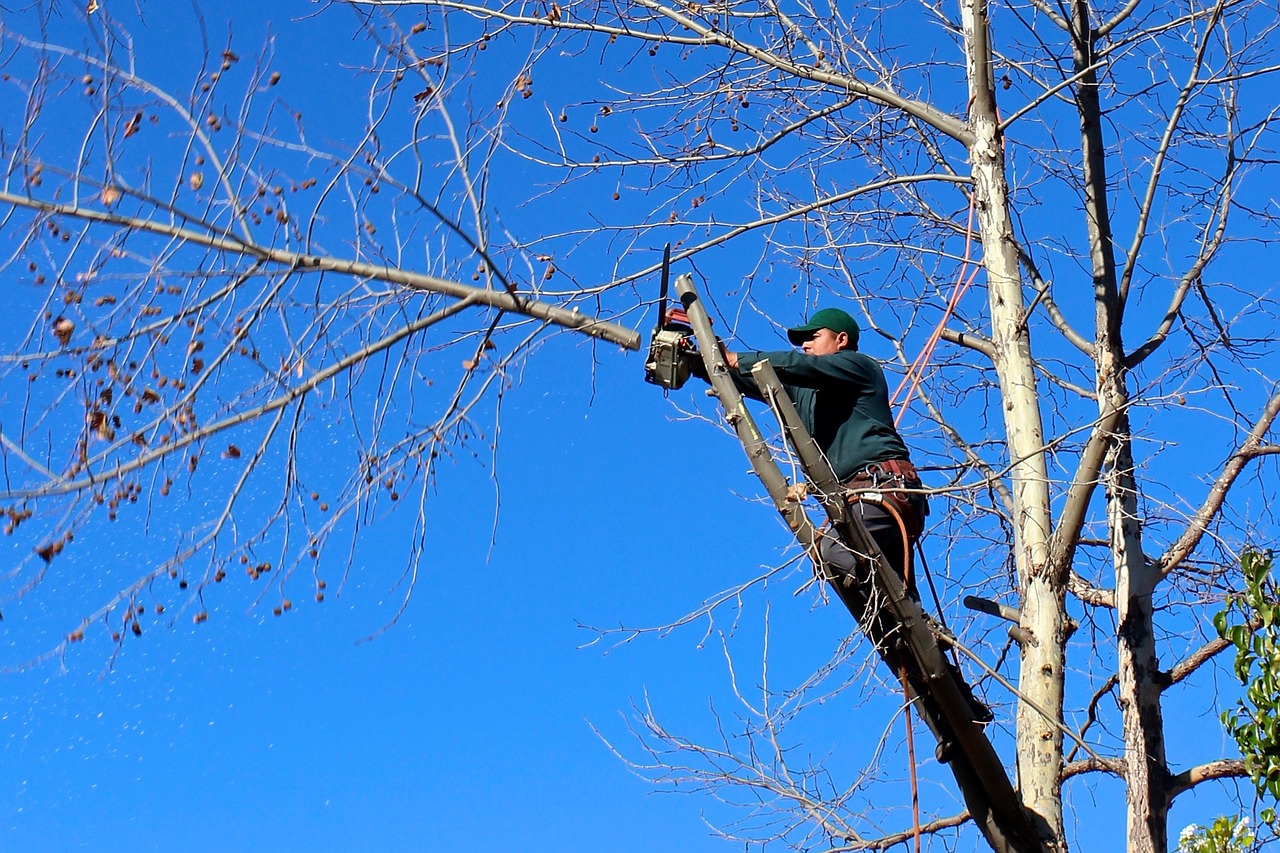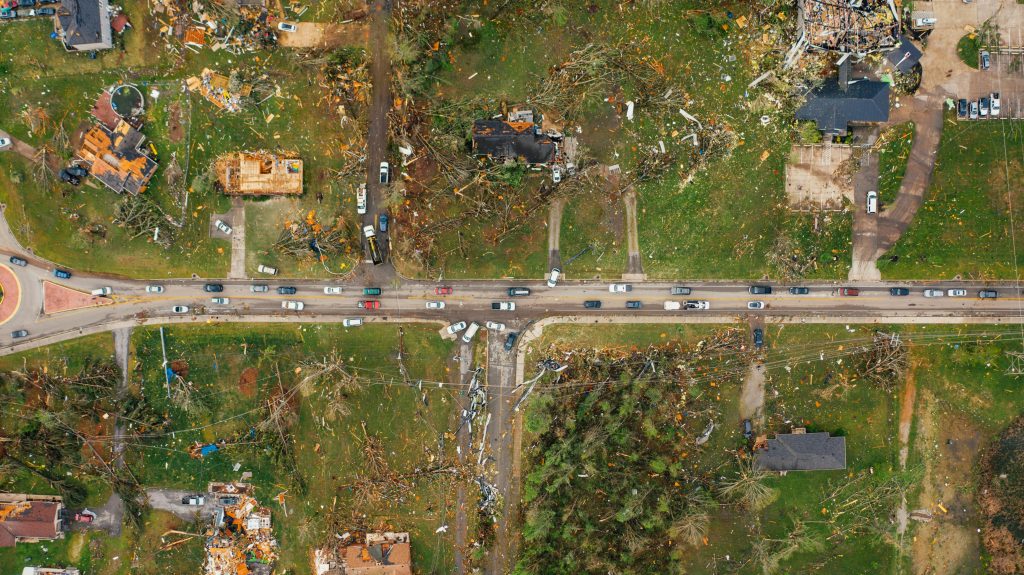- Install snow guards to manage roof snow buildup and prevent potential damage and injuries below.
- Regularly trim trees and shrubs near your home to minimize wind damage and promote plant health.
- Clean and maintain gutters to ensure proper water flow and prevent roof leaks and structural damage.
- Secure outdoor items before storms and have an emergency plan, including shelter, evacuation, and communication strategies.
As a homeowner, protecting your property from weather-related damage is crucial. Extreme weather conditions such as heavy rain, strong winds, hail, and snow can wreak havoc on your home if you’re not prepared. This blog will discuss essential tips to help you prevent weather-caused property damage and keep your home safe and secure.
Invest in Snow Guards
Snow buildup on your roof can cause significant damage if not properly managed. The weight of accumulated snow can put a strain on your roof and lead to leaks, cracks, or even collapse. Investing in snow guards, also known as snow retention systems, effectively prevents this type of damage. Snow guards are installed along the roof’s edges to hold the snow in place and prevent it from sliding off in large chunks.
This protects your roof and prevents injuries to people or damage to property below. Choose a quality snow guard such as the Snow Defender 7500 snow guard. This model is made from industrial-grade materials and can withstand heavy snow loads. It also has a low-profile design that won’t detract from the aesthetics of your roof.
Trim Trees and Shrubs

During strong winds, overgrown trees and shrubs can become hazards to your home. Branches can break off and cause damage to your roof, windows, or siding. To prevent this, make sure to regularly trim any trees or large shrubs near your house. This will not only reduce the potential for property damage but also promote the health and growth of your plants. It’s also a good idea to remove any dead or weak trees that may fall during a storm.
Clean and Maintain Gutters
Clogged gutters can cause severe damage to your home, especially during heavy rains. When debris accumulates in the gutters, water cannot flow freely and will overflow onto your roof, causing leaks and potential structural damage. Regularly cleaning and maintaining your gutters will prevent this issue and ensure that rainwater is properly directed away from your home. It’s also a good idea to inspect and repair any damaged gutters or downspouts to ensure they are functioning correctly.
Secure Outdoor Furniture and Decorations

Outdoor furniture, decorations, and other loose items can become dangerous projectiles during strong winds. To prevent them from causing damage to your property or others, make sure to secure them before a storm hits. This can include tying down furniture, bringing in loose decorations, and securing any other items that could potentially be picked up by high winds.
Have an Emergency Plan
In the event that a severe weather alert is issued, it’s essential to have an emergency plan in place. This will ensure your safety and that of your family in case of a disaster. Your emergency plan should include the following four components:
A Plan for Shelter
Shelter is the most crucial aspect of your emergency plan. Identify the safest place in your home to take shelter during a storm, such as a basement or an interior room on the ground floor.
An Evacuation Plan
If you live in an area prone to hurricanes, tornadoes, or other severe weather events, it’s essential to have an evacuation plan in place. This should include a designated meeting spot for your family and a route to safety.
A Communication Plan
During severe weather, it’s essential to have a way to communicate with your loved ones. Make sure everyone in your household has a fully charged cell phone, and designate an out-of-town contact that can serve as a central point of communication in case local lines are down.
An Emergency Kit
Having an emergency kit ready can make all the difference in a disaster situation. Your kit should include items such as non-perishable food, water, a first aid kit, flashlights, and batteries, and any necessary medications.
Having a sound emergency plan in place can bring peace of mind and ensure that you and your loved ones are prepared for any severe weather event.
Safeguarding your home against severe weather involves several practical steps that can significantly mitigate risks. Each measure plays a crucial role in protecting your property, from installing snow guards to trimming vegetation and maintaining gutters.
Additionally, securing loose outdoor items and having a robust emergency plan is essential to ensure your home and your family’s safety. By proactively addressing these areas, you can maintain a secure and damage-free home regardless of the weather challenges you may face.

